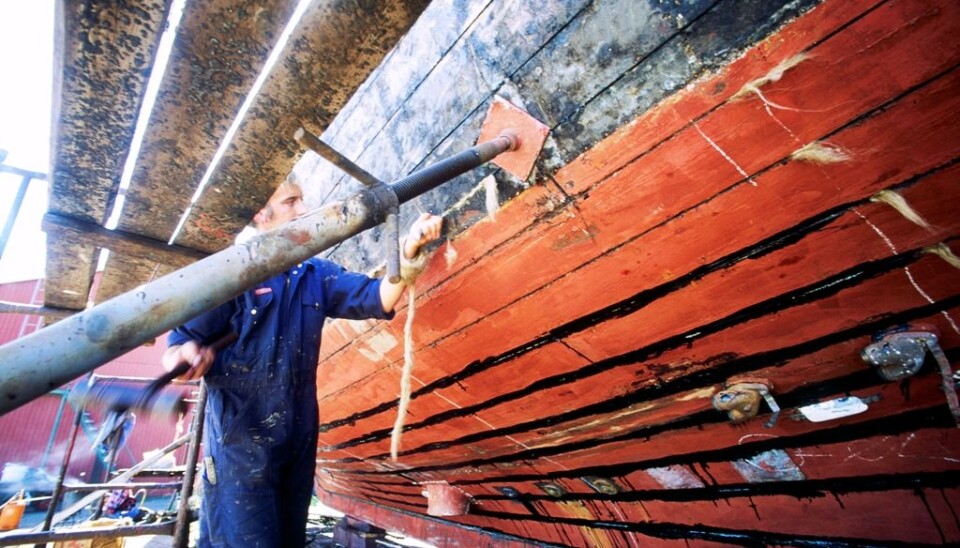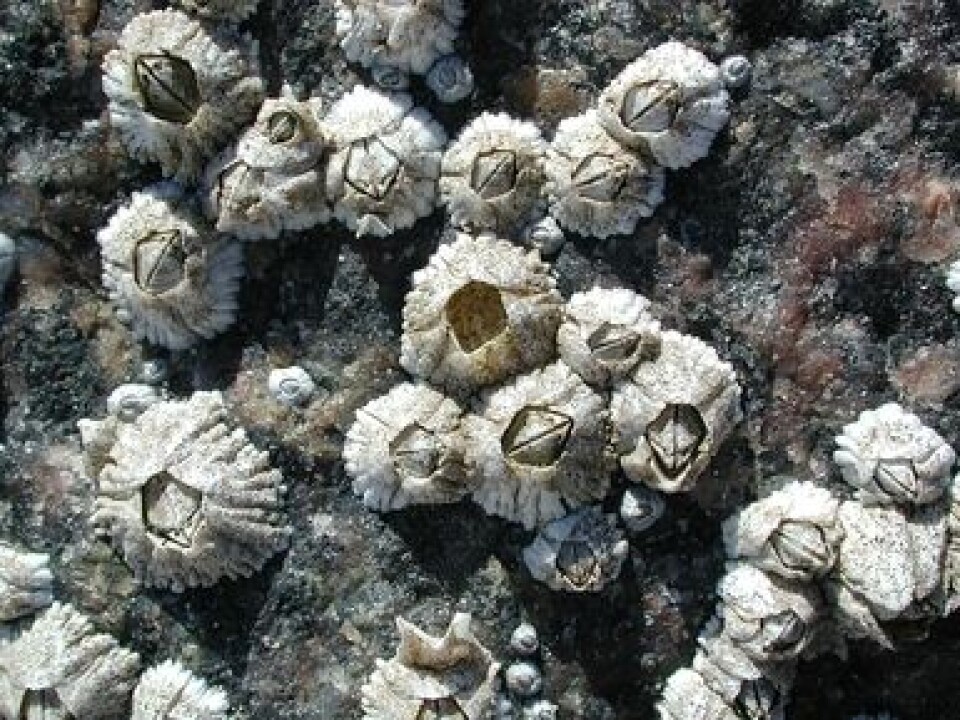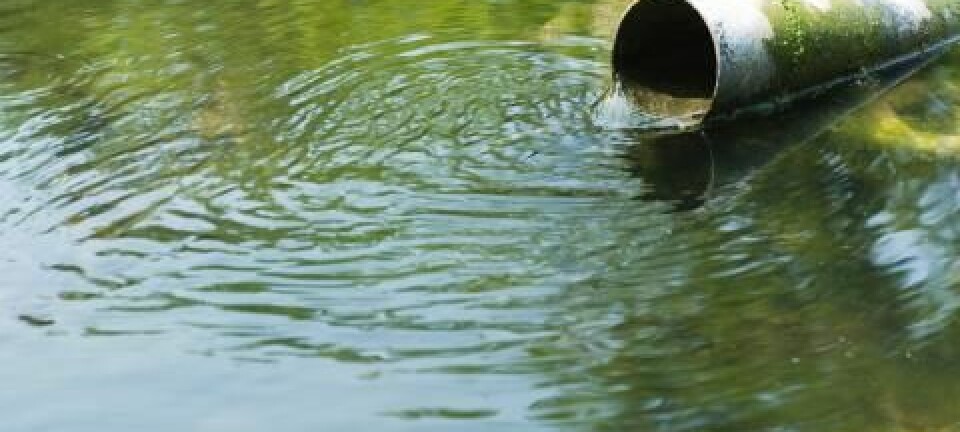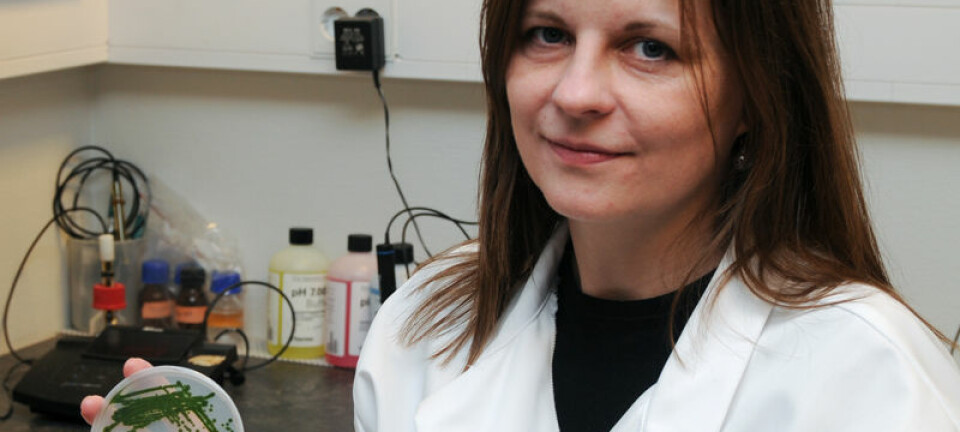
High-tech antifouling paint
A new antifouling paint for boat hulls is optimal against barnacle and algae growth as well as eco-friendly says the Swedish scientists who developed it.
Boaters getting their pleasure craft ready for the summer season know that barnacles, algae and other marine organisms love to attach to any part of the vessel below the waterline.
Such growth causes friction, which for motorised vessels increases fuel consumption and pollution.
After such marine growth has been scraped away, a coating of antifouling paint is applied to discourage the next onslaught of plant and animal stowaways on the hull and keel.
Swedish researchers have spent nine years perfecting a new paint they claim stops organisms ‒ among others barnacles in their free-swimming larval stage ‒ from attaching and they claim it’s also environmentally sound.
A cocktail of active ingredients

Researchers at the University of Gothenburg and Chalmers University of Technology have arrived at a complicated mixture of active ingredients and high-tech paint.
A mixed bunch of organisms attach themselves to hulls. So antifouling agents in such paints need to contain a barrage of compounds to fight each and every one of them, the researchers point out.
The key to their apparent breakthrough is a cocktail of biocides ‒ antigrowth agents ‒ that target each species.
Effective against barnacles
The mixture requires the right ratio of ingredients for each type of growth. The researchers have developed models indicating ways of optimising various mixtures.
These models include calculations of biocide quantities weighed against their prospective environmental risks.
Most of their focus has been on the compound medetomidine, which proves to be highly effective against barnacle growth. Barnacles often represent the most stubborn problem among the flora and fauna that find a welcome home on hulls.
Biocide capsules
The marine paint which the antifouling components are mixed with isn’t run-of-the-mill.
It contains microscopic capsules of biocides that gradually leak the antifouling compounds.
The researchers expect the antifouling paint to contribute to greener boating and ship traffic. The research programme they’ve worked with has a commercial partner, I-Tech AB.
The final product is already being marketed as Selektope.
Translated by: Glenn Ostling








